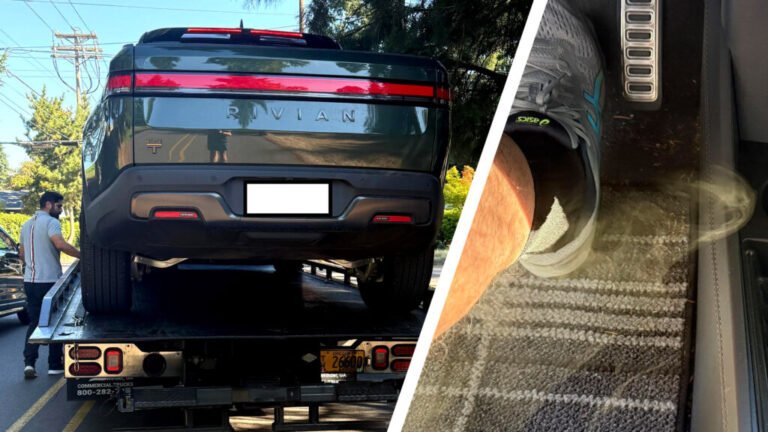
- China is reportedly preparing a ban on fully retractable car door handles starting July 2027.
- Regulators cite minimal aerodynamic benefits, high failure rates, and safety hazards in crashes.
- Automakers like VW and Audi are already moving toward safer semi-retractable alternatives.
Technology advances at such a rapid pace that sometimes it creates more problems than it solves. China’s regulators are preparing to crack down on what they see as a great example of that: fully retractable door handles. A new set of standards could explicitly prohibit hidden handles on new vehicles. If these become law, it could have ripples across the globe.
The proposed regulation, reported by Mingjing Pro, comes from the Ministry of Industry and Information Technology. It would ban fully retractable handles while still allowing semi-retractable versions. A key requirement is that all vehicles must include a mechanical backup system so doors can be opened during emergencies.
More: New Lawsuit Might Force Ford To Change Mustang Mach-E Door Handles
According to Car News China, the final rules could come out by the end of September. Enforcement wouldn’t start until 2027, so manufacturers would have a little time to get their production in order. Evidently, many automakers already know about this potential change, so they might already be working on a solution.
The Problem With Flush Handles

Flush door handles have been a hallmark of modern EVs, touted not just for their futuristic look but also their aerodynamic gains. Real-world data appears to throw a wrench in that latter point, though.
Engineers say that drag reduction due to flush handles amounts to just 0.005-0.01 Cd, saving about 0.6 kWh per 100 km. That’s a very small amount and even more negligible for those who charge at home. At the same time, adding the motors and mechanisms that make these doors work can add 7-8 kg of weight.
On top of that, we’ve reported on countless examples of door handles like this failing. Frozen motors can leave motorists stranded with no quick way into their car. Crash data indicates that handles can fail more than 30 percent of the time after side impacts. When it comes time for replacement, they’re far more expensive, too.
What Happens If China Bans Them?
If China does move forward with this ban, it could actually affect handles everywhere. Many automakers see the world’s biggest car market as a huge part of their own business plan. Changing their design to conform to such rules would likely mean keeping that same non-flush design in other markets as well.
Again, that wouldn’t stop automakers from using semi-flush handles, but it could stop fully flush ones from popping up in the future.

Credit: Magna International / GAC / Infiniti


